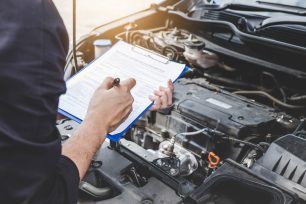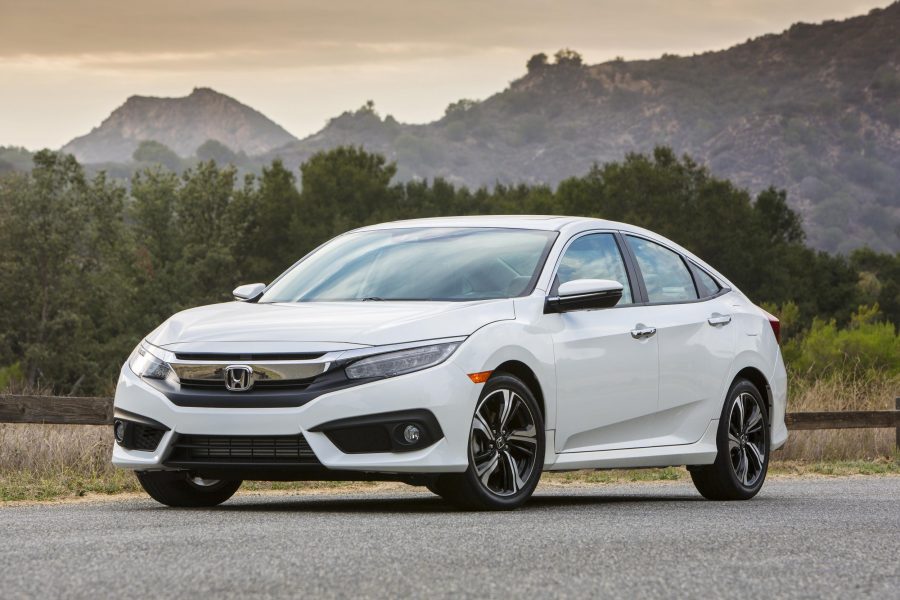If you happen to notice puddles accumulating underneath your vehicle when it’s parked, or happen to notice a light green (or yellow or pink, depending on the type of coolant your vehicle requires) fluid leaking underneath your engine compartment, you may have a leaky radiator hose. Normally, this isn’t a major repair. It’s bound to happen sooner or later since radiator hoses are made of rubber, and rubber only gets weaker with time and constant temperature change. Having them checked for this weakness regularly will prevent you from experiencing a major leak or hose blowout while driving. If that happens it will only increase the cost of the repair and run the added risk of extra damage to your vehicle. Before you get to that point, plan for a hose repair by taking a look at how much it costs to replace one.
Can I Check Them Myself?
If you don’t mind getting a little dirty, absolutely! It’s actually a fairly simple check. The biggest problem is locating them. You should have two major radiator hoses, an upper and a lower. They will be the largest rubber hoses in diameter in your vehicle, and they will both be connected to the radiator at the very front of your vehicle; one at the top (upper) and one at the bottom (lower). First off, make sure of two things before attempting to check your hoses; (a) the vehicle is turned off and in Park, and (b) the vehicle has been off for more than 45 minutes. DO NOT grab any radiator hose of a vehicle that has recently been running; 185 degrees Fahrenheit is fairly hot. After you’ve located the hoses, checking them consists of the extremely complex process of squeezing them. If they feel stiff and won’t flex easily, they’re in good shape. If they’re extremely soft and mushy, it’s time for new ones.
Do I Have to Replace Them Both?
In most cases, it’s a very good idea. As we said before, they grow weaker with time and use; if one is weak enough to fail, so is the other. It’s a good idea to replace them together. However, you may come across a time when you only need to replace only one (freak squirrel hunting accidents and what have you). After these times, remember to keep checking the hose which didn’t get replaced. It will get weaker faster than the new one. In most cases, however, the additional cost of the other hose is negligible enough to simply do both at the same time. Either way, your coolant will be drained and you’ll be paying the labor time to have the cooling system burped of air after the job.
And the Total Price Is…?
In any case, no matter what size vehicle or engine you have, the price of radiator hose replacement is going to be in the range of $75-$200 if you choose to have both replaced simultaneously. The vast price difference is usually in the parts. Not all hoses are made equal, so the cost varies from hose to hose. If you have an exceptionally large vehicle you may require a bit more coolant than others as well. While this isn’t a difficult job if choose to go the DIY route, you will need to make sure you completely burp the air out of the cooling system and clean any coolant from within the crankcase that may have entered. This can usually be done with a simple oil change. Just remember to change the engine oil again at around 500 miles, just to wash out any further contaminants that may be lingering.
(Please remember that these repair prices can also fluctuate based on geographic location, as well as vehicle make and model; and that these numbers represent averages, not actual prices offered at any specific repair facilities.)


































































